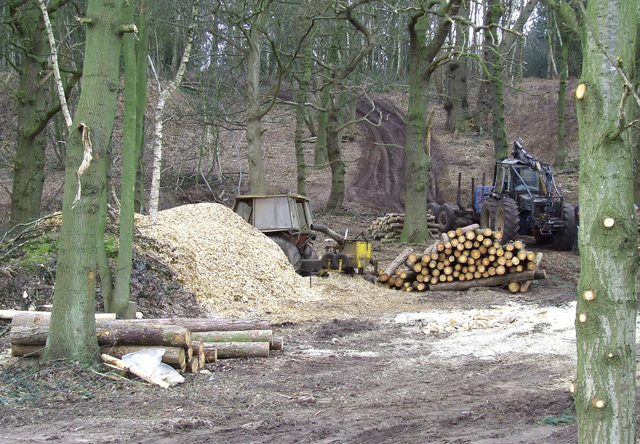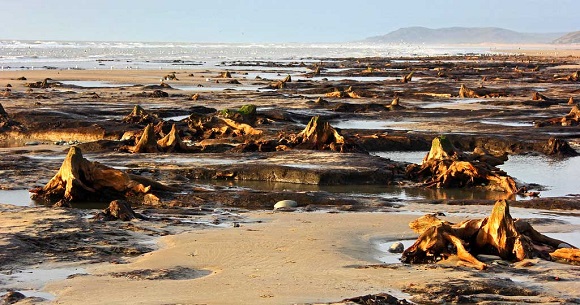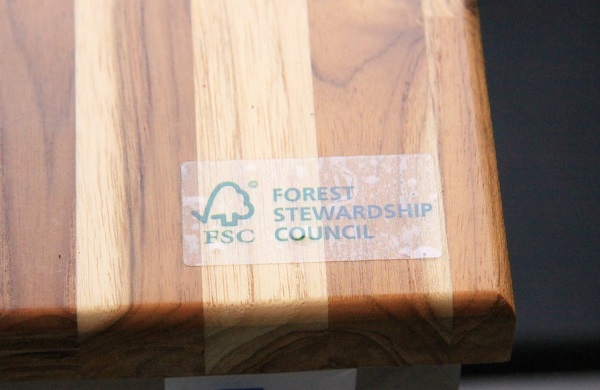When we hear about ancient woodlands and forests disappearing here in the UK, thoughts immediately conjure up images of urban sprawl and swathes of forests being cut down for new Motorway and rail routes. No one likes to see beautiful forests and woodlands that have stood for centuries or even thousands of years, slowly vanish from our landscape. But, are the bleak pictures of woodlands and forests being decimated by mankind, routinely portrayed on TV, completely accurate?

Although there’s no disputing that mankind have been the main cause of worldwide deforestation, certainly in the last couple of centuries, science is fast proving that the creation and disappearance of huge forests throughout history are also part of the Earth’s natural life cycle.
The Changing Face of UK Woodlands & Forests
Here are some interesting facts about the ever changing face of UK forests and woodlands, past and present.
It’s estimated that in around 1086 around 15% of the UK’s landmass was covered by forests and woodland. By 1905, this number had dwindled to as low as 5%. One of the biggest demands put on UK forests was the British Navy that had for many years, depended on Oak and other native tree species for their ships. An interesting twist to this story is that According to legend, the Spanish asked one of their ambassadors, during the reign of Queen Elizabeth I, to sneak up and set fire to the Forest of Dean, hoping it would give the Spanish Armada an advantage.

In 1919, the Forestry Commission was established and tasked with the job of replenishing depleted woodlands and forests. Since its formation, less than 100 years ago, the percentage of forest and woodland across the UK has increased to around 13%, not far off the level last seen almost a thousand years ago.
Forests Under The Oceans
Most people have heard the Teddy Bears Picnic song ‘If you go down to the woods today’ and for many, actually doing this is just a case of putting on wellington boots and perhaps a raincoat to avoid getting wet. For others, going ‘down’ to the woods today is a literal thing and ‘getting wet’ is unavoidable.
In early 2015, after heavy winter storms, a prehistoric forest of trees was discovered on the seabed off the Norfolk coast. Oak trees with branches measuring up to 8 meters are believed to be the remnants of a huge forest that existed some 10,000 years ago, before the last Ice Age. It’s now believed that the forest may well have stretched from the Norfolk coast all the way to Germany, before the melting ice raised water levels, creating or expanding what is now the North Sea, separating the UK from the rest of Europe.
Another example of this was recently discovered on stretches of beach between Borth and Ynyslas on the North coast of Wales when another severe storm uncovered the remains of a forest estimated to be around five thousand years old.

Conservation and Preservation of Woodlands
With an increasing focus on World Wide deforestation and the scientific evidence proving that plants and trees are effectively the lungs of the earth, capturing carbon and replenishing the Earths Oxygen supply, groups and organisations committed to the protection of trees, woodlands and forests across the globe are gaining momentum.
Initiatives to curb illegal logging, set up huge wildlife reserves and parks and to actively plant more trees are becoming more popular. Many businesses are now doing their part and working closely with the Woodland Trust. ‘Nicky’ a UK producer of tissues and other tissue paper products have committed to planting at least 20,000 native trees every year and in fact, in their first 2 years, have helped the Woodland Trust plant over 70,000 trees in the UK.
Consumers are also becoming far more aware and savvy when buying wood and paper related products, including everything from printer paper to furniture, rough sawn construction timber to top quality flooring by looking for the FSC (Forest Stewardship Council) stamp.

Making Wood Last Longer
It’s also worth remembering that once you’ve bought your timber, be it for interior or exterior use, you can do your bit by giving it the best possible protection to maximise its useable life as the longer it lasts, the less strain it places on the worlds natural wood resources. After all, if it lasts decades instead of just a couple of years, it gives the organisations dedicated to protecting and replanting new trees more time and a head start to deal with the demands of a growing population.

The Future of The UK’s Woodlands And Forests
Although the UK’s tree population is now heading in the right direction, back to the 15% level last seen a thousand years ago, we’re still lagging far behind the European average of 37% coverage. Perhaps levels like this may not be unachievable in a country so densely populated. But, with so many people depending on this incredible natural resource for business, pleasure and the day to day necessities of everyday life, it’s in the interest of everyone to do their bit, no matter how big or small, to protect the future of woodlands and forests around the world for future generations.
Do you have a question or query on how best to protect and preserve your interior and exterior wood? Our team of experts are always on hand to provide friendly advice on how to get the most out of your wood care projects. Feel free to contact us by phone, email or through our blog.




